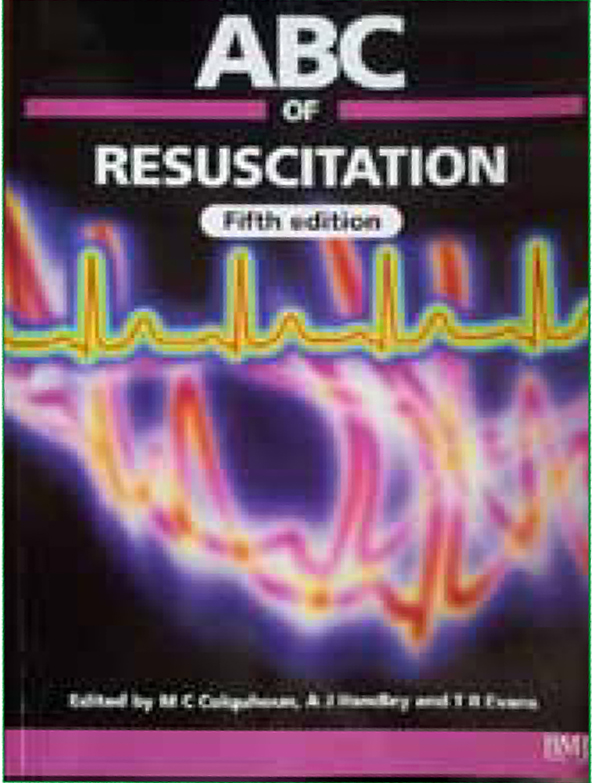Much has been written about the use of clinical guidelines versus protocols in paramedic practice these days. But regardless of your particular viewpoint there must be at least a recognition that the likes of Joint Royal Colleges Ambulance Liaison Committee (JRCALC), the Resuscitation Council (UK) and ALS group base their guidelines on the latest research evidence. Here lies the problem with this book.
This is the fifth edition since its initial publication in 1986 but this latest update was only published in 2004. JRCALC has had two updates since then—the most recent due later this year—and the latest Resuscitation Council guidelines were issued in 2010.
Some aspects of resuscitation haven't changed over time and making a distinction between a cardio-respiratory arrest in-hospital and one out-of-hospital is sure to earn brownie points. The initial ‘ABCs’ of resuscitation haven't changed either and nor has the emphasis on treating the actual cause of any arrest.
The ethics of resuscitation present a potential minefield for paramedics in the field, having to contend with ever more complex end-of-life arrangements and legally binding instructions in the event of a patient dying.
The moral and ethical dimension is covered in the text but betraying its publication date, equal emphasis is not afforded to the legal perspective. Pharmacological interventions are effectively discussed but again, administration routes are not consistent with the most recent research evidence, such as endotracheal tubes, and the drugs used during any resuscitation attempt have also been changed— Atropine 3 mg is no longer emphasised in most recent guidelines.
Its difficult to recommend this book given the prominence of evidence-based practice in our profession and there is no question that the knowledgebase on resuscitation has developed since this was initially written.

There are some really valuable bits in this but I am inclined to direct paramedics to more contemporary offerings on the subject.
